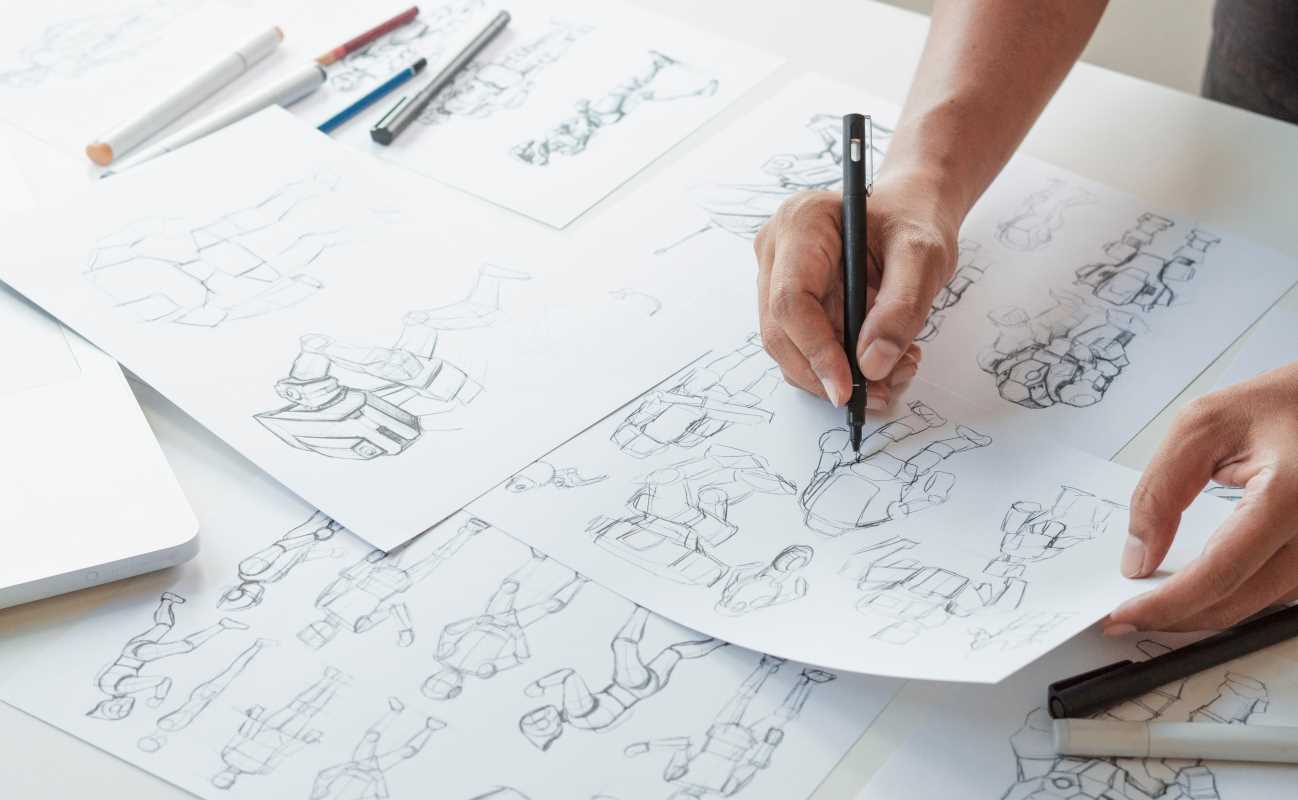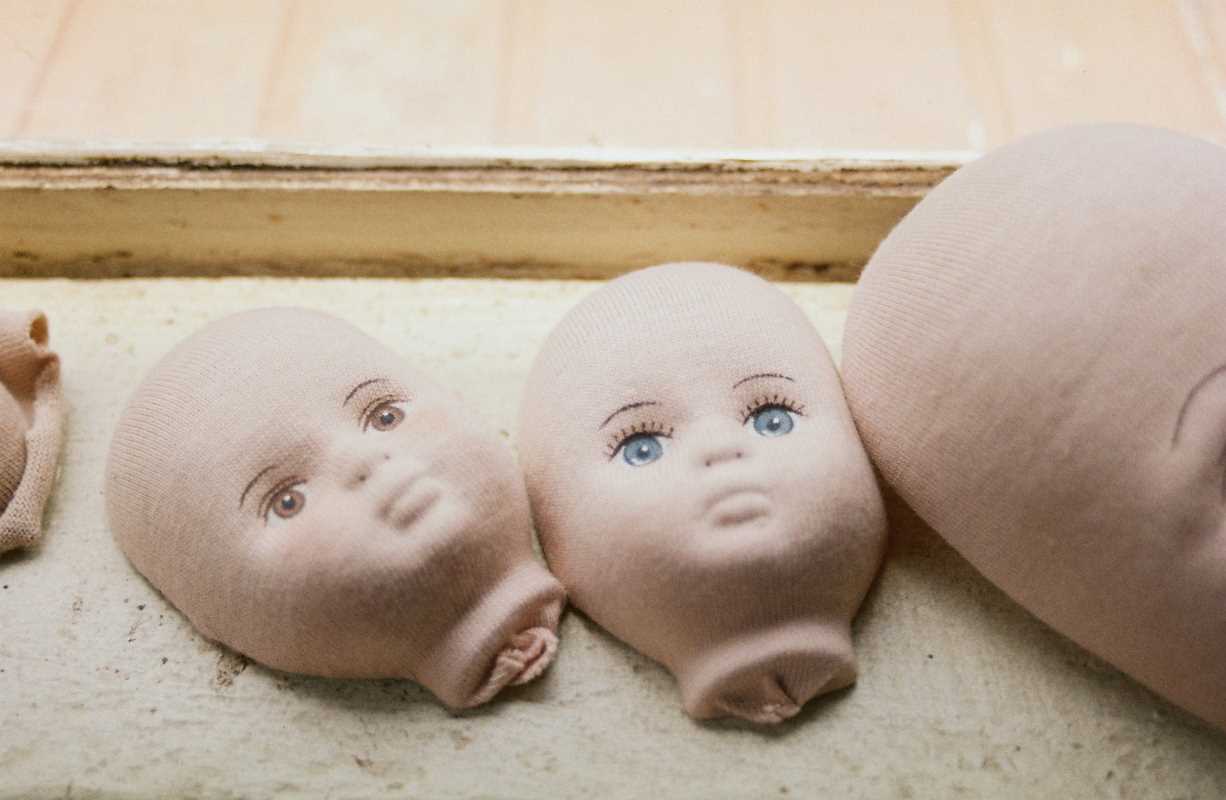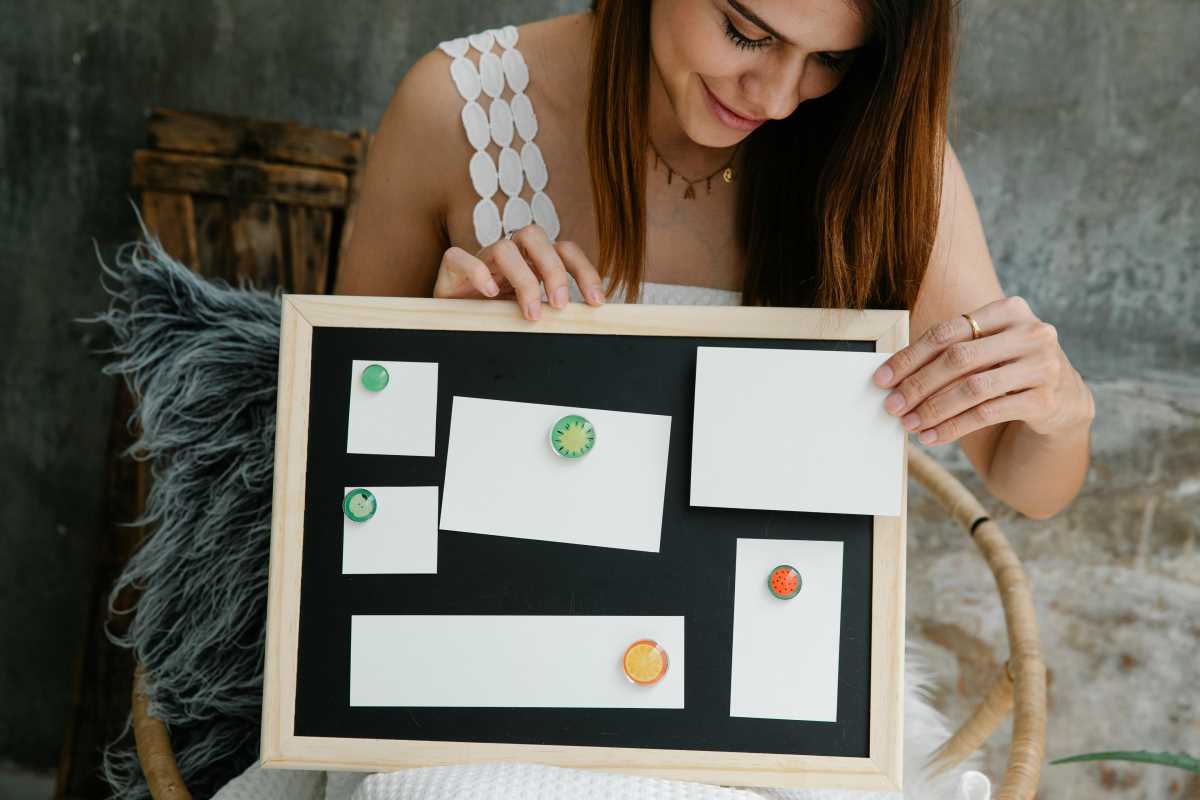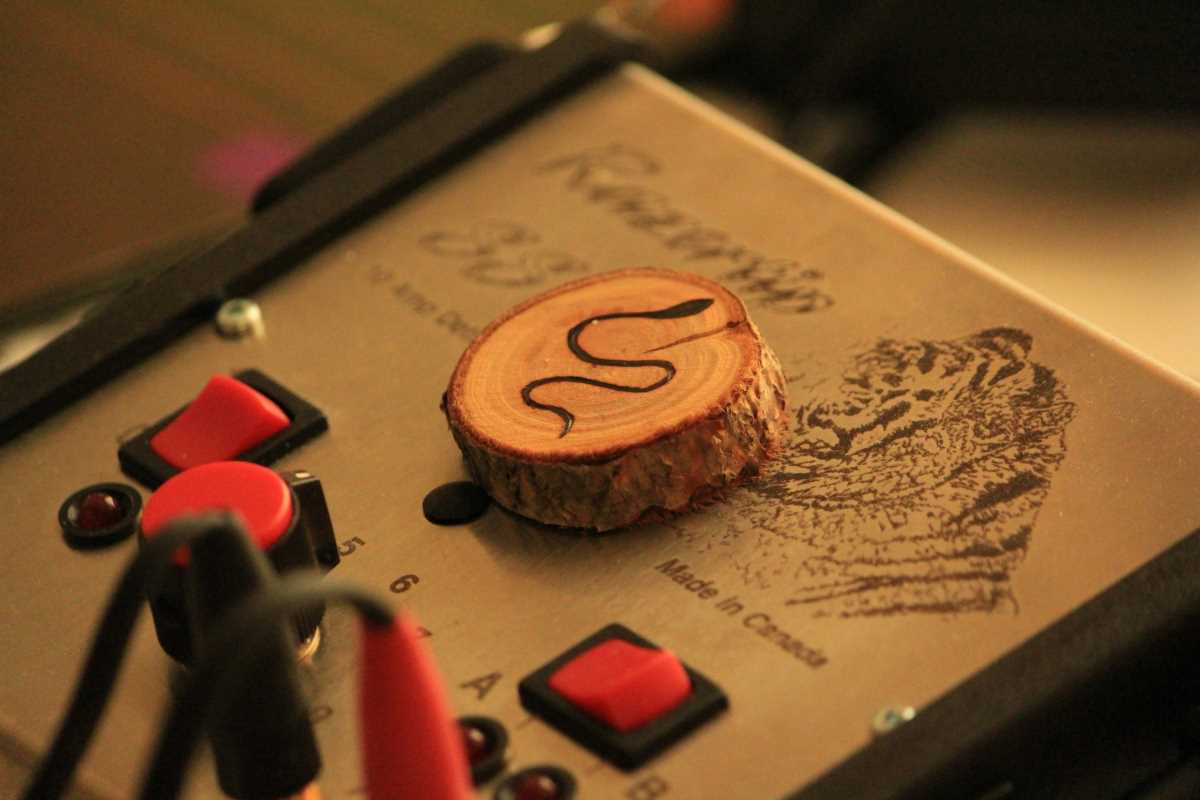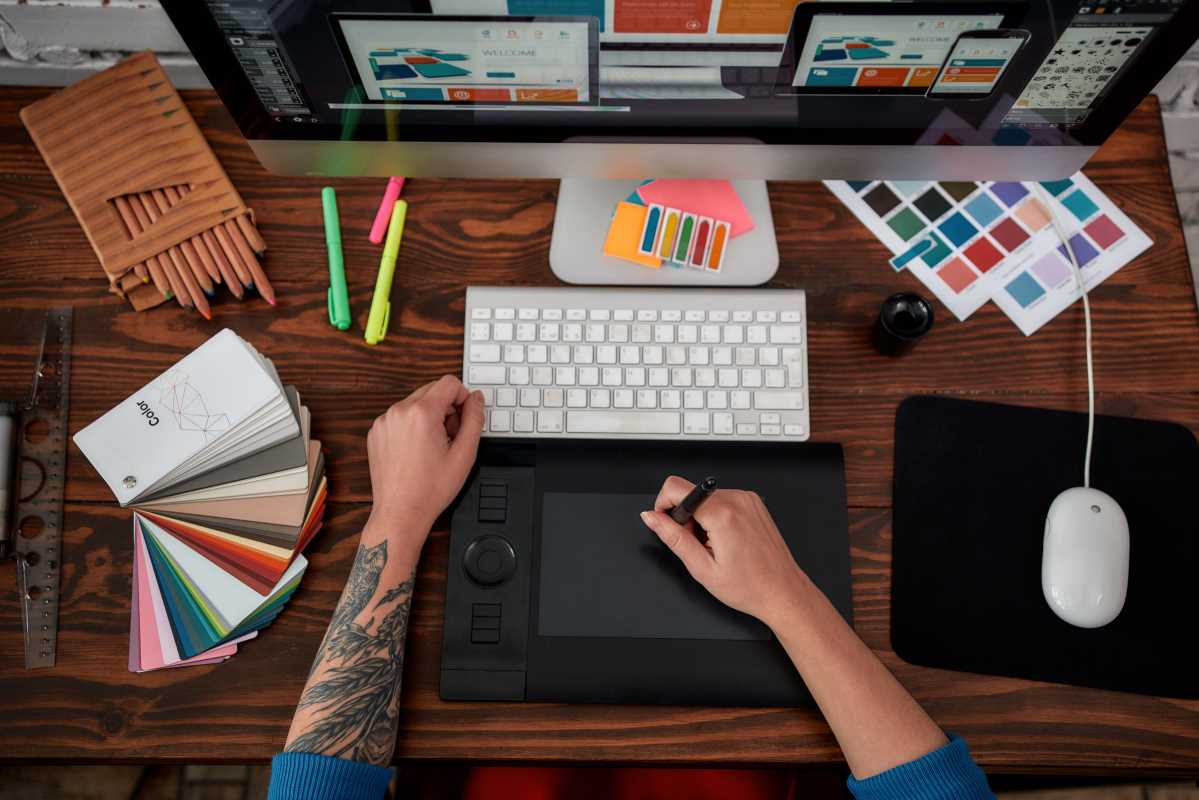Quick sketches often lead to surprising discoveries, turning empty pages into opportunities for creative ideas. When you sharpen the way you record sudden thoughts, you may notice a renewed excitement every time you pick up your sketchbook. Each drawing session becomes a chance to experiment and see where your imagination takes you. This introduction aims to ignite your curiosity, sharing fresh ideas on viewing every blank page as a space for your next creative leap. By approaching your sketchbook as a dynamic tool, you open yourself to unexpected inspiration and memorable new concepts.
Creative Ways to Keep Your Sketchbook Alive
Journaling with a sketchbook goes beyond drawing; it’s about creating an evolving archive of excitement. Think about how each entry can turn into a doorway to unexplored creative territories. Rethink familiar practices to unlock playful surprises in everyday materials, local scenery, or spontaneous word prompts. This perspective allows you to treat every stray mark as an invitation to push boundaries instead of worrying about perfection.
Combine visual notes with quick text labels to turn fleeting observations into lasting memories. When you link images with sensory details—like the scent of wet pavement or the rhythm of passing footsteps—you enrich your pages with layers that spark inspiration later. Dive deep into mundane moments, and you’ll discover an endless reservoir of inventive fuel for your next piece. Keep this fluid interplay of sight and description at the heart of each session for a vivid record that continually feeds new creative ideas.
Best Tips to Capture Your Next Inspiration
- Moleskine Art Sketchbook (hardcover sketchbook)
- Features: Heavyweight, acid-free pages that handle water-based media without bleed-through
- Price: Around $24
- Enthusiast tip: Prime the first few pages with a thin gesso layer to boost ink vibrancy and prevent warping during mixed-media experiments, then reserve those leaves for your most ambitious compositions
- Canson XL Mix Media Pad (mixed-media collection)
- Features: Perforated sheets with a toothy surface suitable for pencil and light watercolor washes
- Price: Roughly $12 for 60 pages
- Insider advice: Tear out a sheet and tape it into your main sketchbook as a swatch to test new color blends, ensuring consistency and avoiding unwanted surprises on final spreads
- Leuchtturm1917 Sketchbook (lay-flat binding)
- Features: Numbered pages and an expandable inner pocket for scraps or color charts
- Price: Around $20
- Tip from regular users: Create a mini-index at the back with color-coded icons so you can quickly locate your favorite experiments—no more flipping through every page to find that perfect brush stroke idea
- Field Notes Notebook (pocket-sized sketchpad)
- Launched: 2007
- Features: Portability and durable cover
- Price: Usually under $10 per three-pack
- Note from pros: Carry it with an ultra-fine-line pen clipped to the cover. Jot one-line observations or thumb-sized sketches during commutes, then transfer standout fragments into your main journal later for richer development
- Rhodia Webnotebook (vellum-finish pages)
- Features: Silky-smooth sheets that reduce wear on fine-tipped tools
- Price: Close to $18
- Insider suggestion: Dedicate the back 10 pages to technique experiments—ink layering, brush pressure tests, or tiny lettering drills—so you build a living reference library you can revisit whenever you feel stuck
Establish Routines That Keep You Consistent
- Set aside 10 minutes for warm-up using random prompts, such as drawing five quick circles then morphing each into an unexpected object; this practice helps you ease into flow without pressure.
- Pick three recurring symbols—like coffee cups, clouds, or footsteps—and weave them into daily entries; repetition helps you become familiar with these elements, prompting new variations when you revisit them.
- Rotate themes weekly—textures, perspectives, or color contrasts—and focus every page on that topic; narrowing your scope allows your mind to explore more deeply rather than spreading too thin.
- Create a “fail page” once a month, intentionally drawing a scene upside down or with your non-dominant hand; these low-stakes experiments often reveal fresh lines and unexpected compositions.
- Pair sketching sessions with background soundtracks—ambient recordings, city hum, or classical tunes—to connect auditory cues with your drawing process; over time, that soundscape can motivate immediate creative energy.
Adding Personal Touches to Each Entry
- Include colorful washi tape bookmarks at the start of each new theme section; this quick visual cue helps you jump to your favorite experiments when you need an instant mood lift or a new perspective.
- Use a tiny stamp—like a leaf silhouette—to mark pages where you refine ideas; this small flourish becomes a visual indicator, showing at a glance which concepts need immediate follow-up in separate sketch studies.
- Highlight intriguing caption words—such as “twist,” “fold,” or “burst”—with teal or magenta highlighters to connect visual marks with descriptive anchors, blending linguistic hints with sketches for richer exploration.
- Insert themed paper ephemera—ticket stubs, leaf rubbings, fabric swatches—using glue dots; tactile inclusions spark unexpected associations, leading to fresh lines that pure pencil work can’t always achieve.
Use these tools, routines, and personal touches to keep your sketchbook practice fresh and creative. Treat each session as a playful experiment, and watch your artistic skills grow.
